BBC Corporate
























FORMATION
Early Beginnings
As many of you will know to exploit the new medium of radio a number of manufacturers and the Post Office decided to form a single broadcasting organisation, independent of government,. A license fee of 10shillings was agreed to ensure this independence and on 18th October 1922 the British Broadcasting Company started using the call sign 2LO from Marconi’s radio station in The Strand, London. Only weeks later John Reith, a Scottish Engineer, was selected for the post of Managing Director bolstering the number of staff to 4. He believed that this medium could be a great power of good in the home lives of everyone in Britain. Crystal radio receivers in those days were very cheap and didn’t need batteries !
As all of us know this company grew into the giant “aspidistra” that we know and love today. I don’t believe this had anything to do with George Orwell’s book Keep The Aspidistra Flying which happens to fit in with the Reithian Values of equal consideration of all viewpoints, probity, universality and commitment to public service. However without his foresight I think HG Wells prediction in 1920 “Human history becomes more and more a race between education and catastrophe” might have seen Britain less rounded than it is today. So thank you, John.
The company became a corporation on 1st January 1927.
SIGNIFICANT EVENTS
1920’s
1922 -start of radio broadcasting
1923 -BBC round the corner to Savoy Hill
1925 -BBC starts using Bush House
1930’s
1932 -Opening of Broadcasting House
1934 -BBC leaves Savoy Hill
1934 -BBC puts its orchestra into Maida Vale
1935 -BBC rents eastern end of to Alexandra Palace
1936 -Television broadcasts start
1939 -Woodnorton purchased in case of London emergency
1940’s
1948 -BBC starts research at Kingswood Warren
1949 -moves into Lime Grove
1950’s
1954 -first TV News broadcasts from Alexandra Palace
1960’s
1960 -opening of Television Centre -world’s first for television.
1969 -TV News moved from Alexandra Palace to TV Centre.
1970’s
1980’s
1981 -BBC (Open University) leaves Alexandra Palace
1983 -BBC starts using Elstree Studios
1990’s
1990 -White City opened.
1992 -BBC closes Lime Grove
2000’s
2007 -BBC Scotland moved from Queen’s Drive to Pacific Quay
2010’s
2010 -Research leaves Kingswood Warren and moves to Centre House
DIRECTOR GENERALS
1920’s
1922 -John Reith (1889-1971)
1930’s
1938 -Sir Frederick Ogilvie (1893-1949). Eventually resigned.
1940’s
1942 -Cecil Graves (1892-1957) & Robert Foot (1889-1973)
1944 -William Haley (1901-1987)
1950’s
1952 -Ian Jacob (1889-1993)
1960’s
1960 -Hugh Carleton-Green (1910-1987). Well liked. Resigned due to marital problems.
1969 -Charles Curran (1921-1980)
1970’s
1977 -Ian Trethowan (1922-1990)
1980’s
1982 -Alasdair Milne (1930-present) Sacked on 29.01.87 by Marmaduke Hussey newly appointed Chairman of the Governors.
1987 -Michael Checkland was Senior Accountant.
1990’s
1992 -John Birt (1944-present). Went to sit in House Of Lords.
2000’s
2000 -Greg Dyke (1947-present). Well liked. Resigned.
2004 -Mark Byford -acting (1958-present)
2004 -Mark Thompson (1957-present). Moved to New York Times.
2010’s
2012 -George Entwistle (1962 -present) Resigned.
2012 -Tim Davie -acting (1967-present)
2013 -Tony Hall (1951-present).
FAMILY TREE TODAY
Royal Charter BBC Trust Executive Board Media Regulators DCMS
Subsidiaries





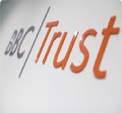



BBC Studios & Post Production











2010’s
This is not guaranteed to be perfectly accurate but is my surmise of many webpages. It’s my attempt at the BBC for beginners.


























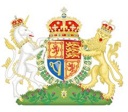
Played out by Red Bee Media
2000’s
This is the published structure in 2001 and for me is a much more helpful way of showing it.
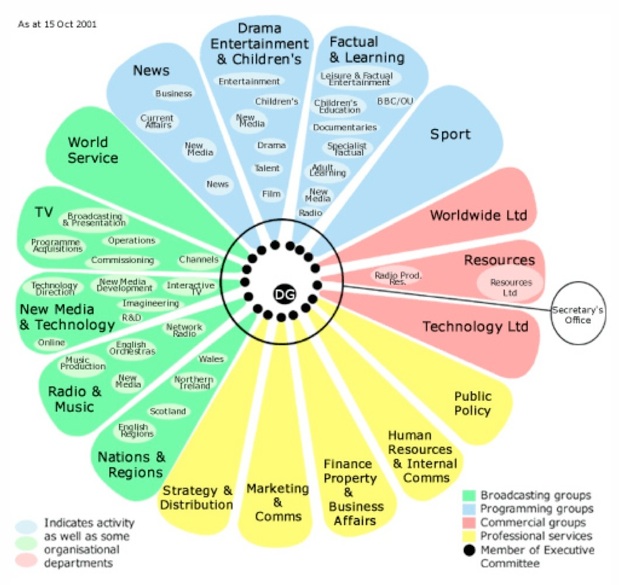
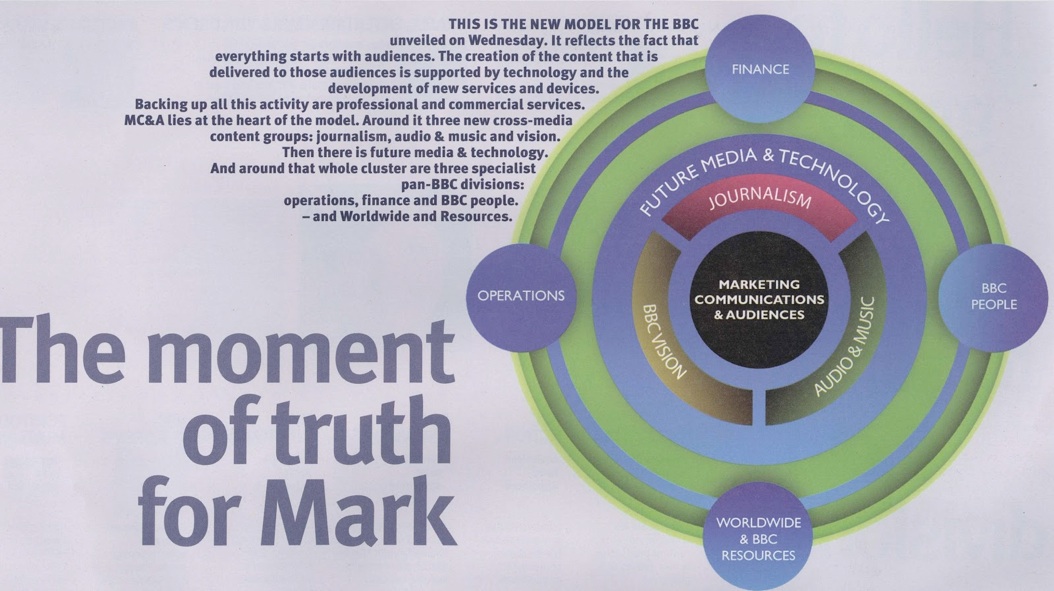
2010’s -Post Jimmy Saville Crisis
Several bloggers and newspapers tried to probe the writhing body of the BBC. Here CriticalDistance and The Guardian published their thoughts:
The Guardian


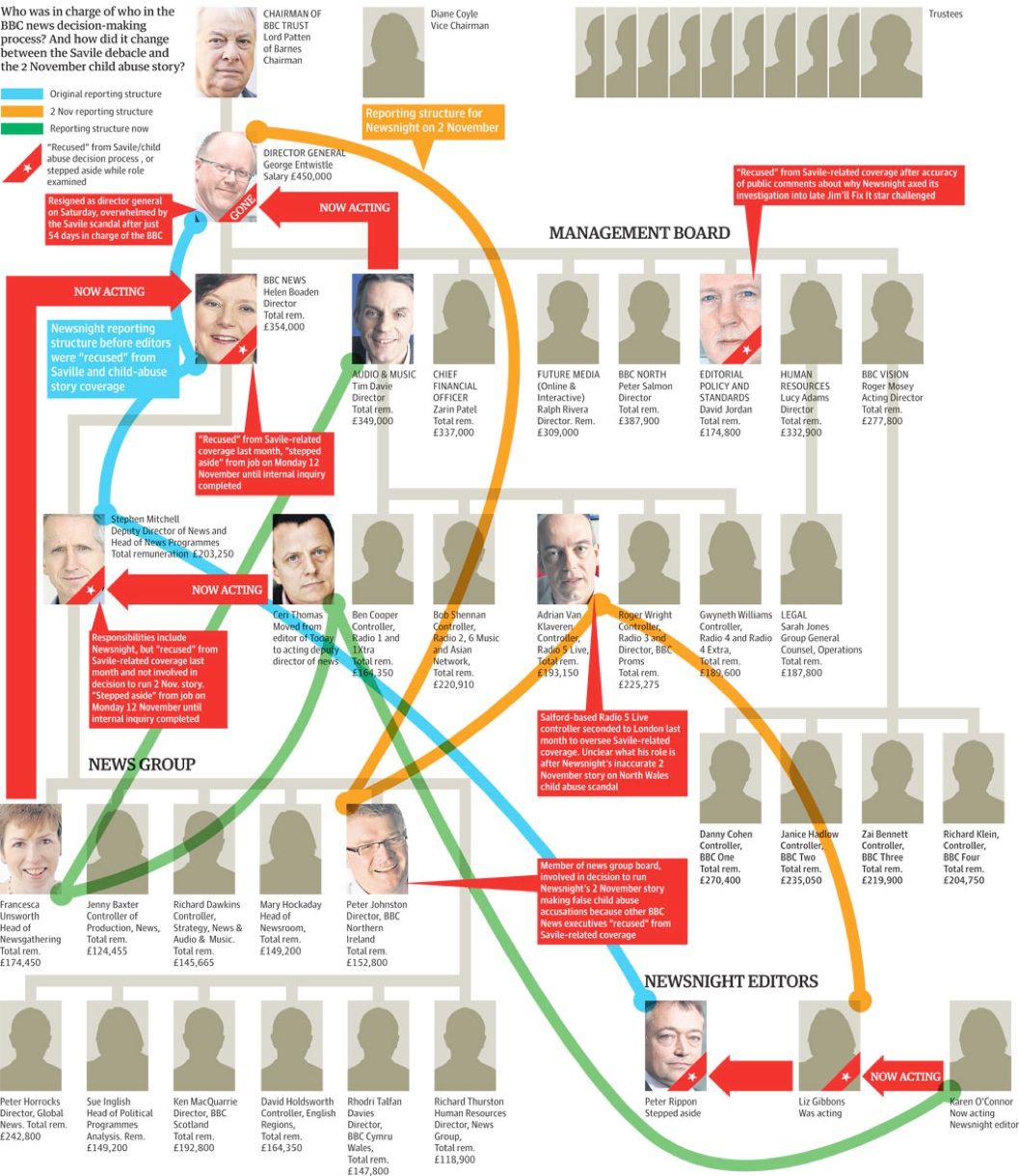
The Guardian
CriticalDistance

To be changed during 2016
Disclaimer
Whilst some care has been taken to check externally linked websites no responsibility is offered nor implied for the suitability, legality or reliability of content therein.

